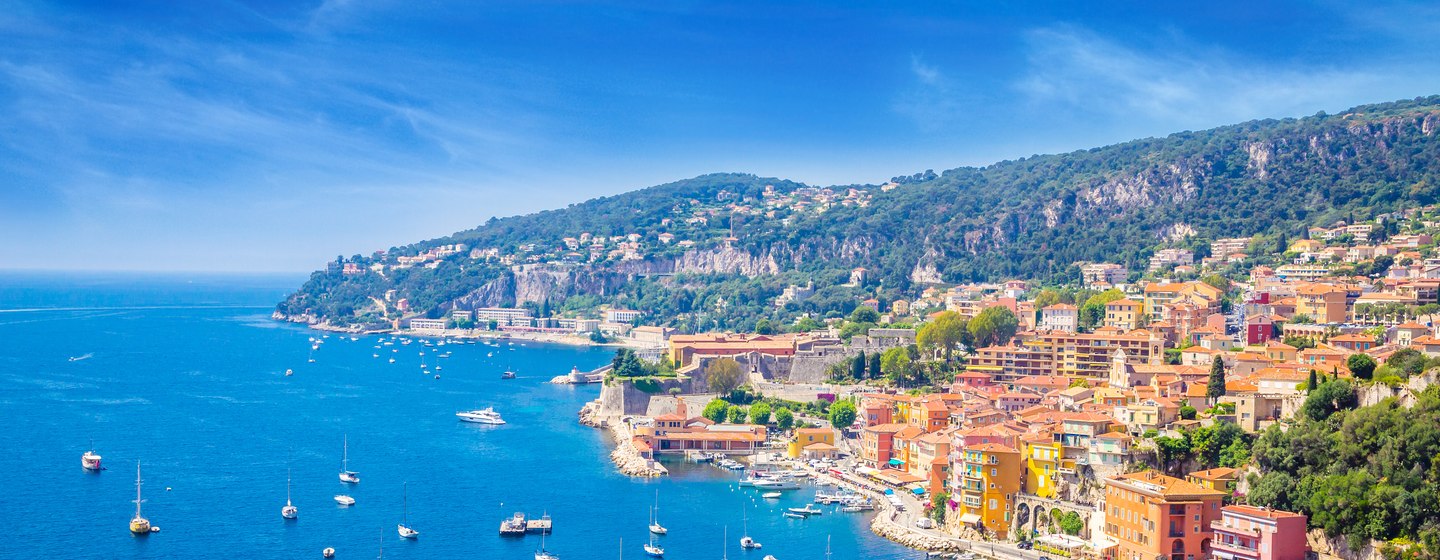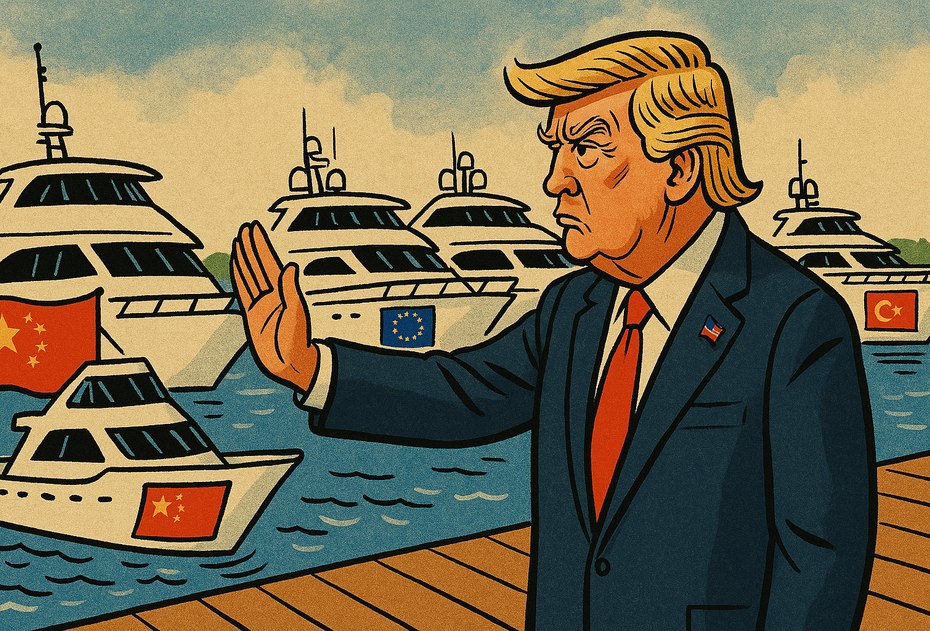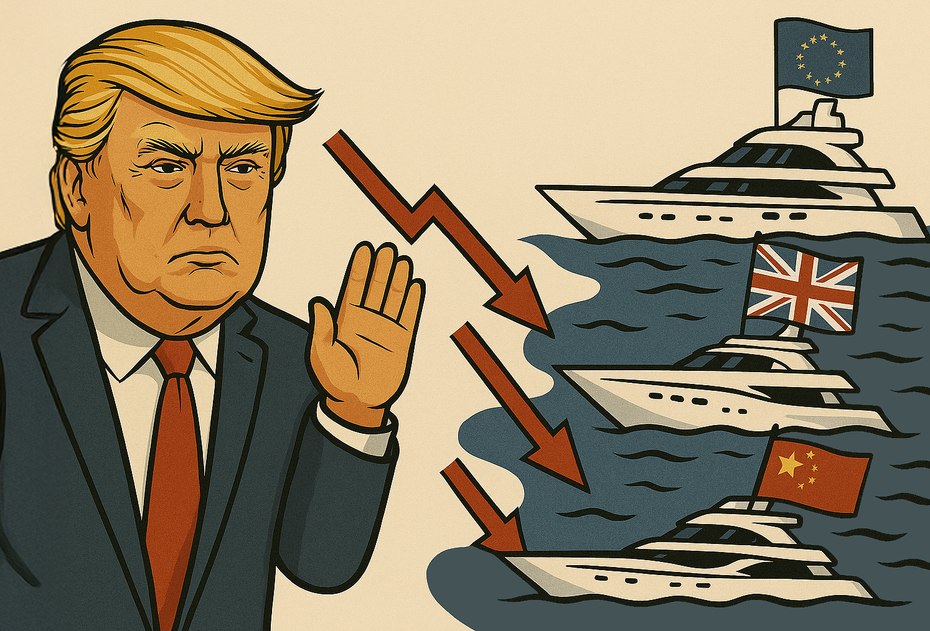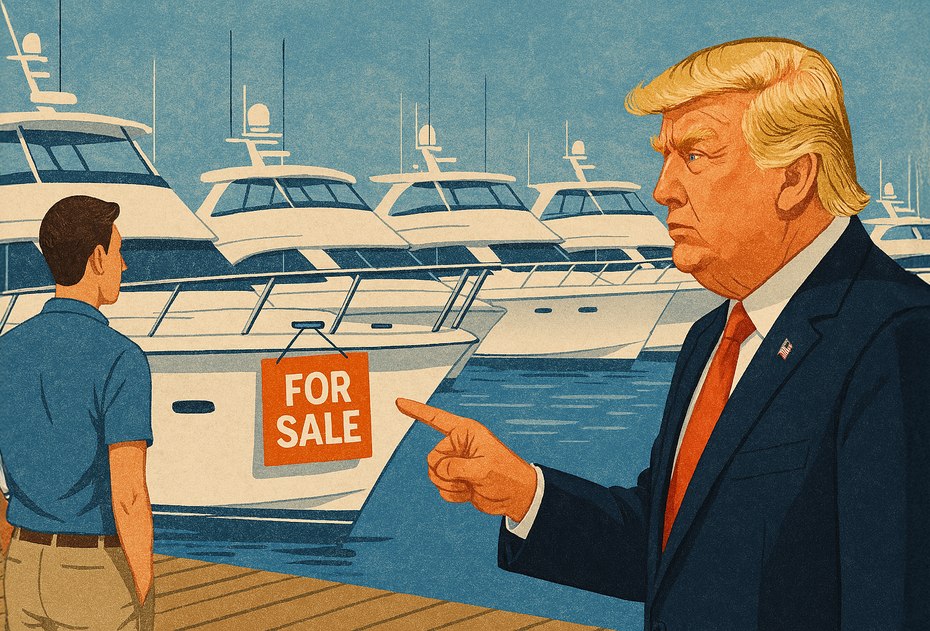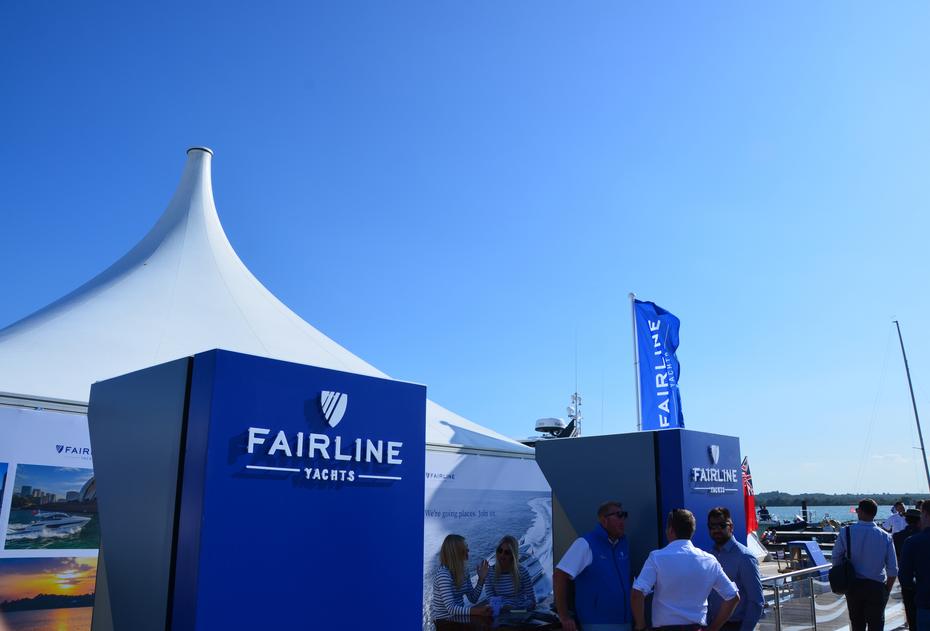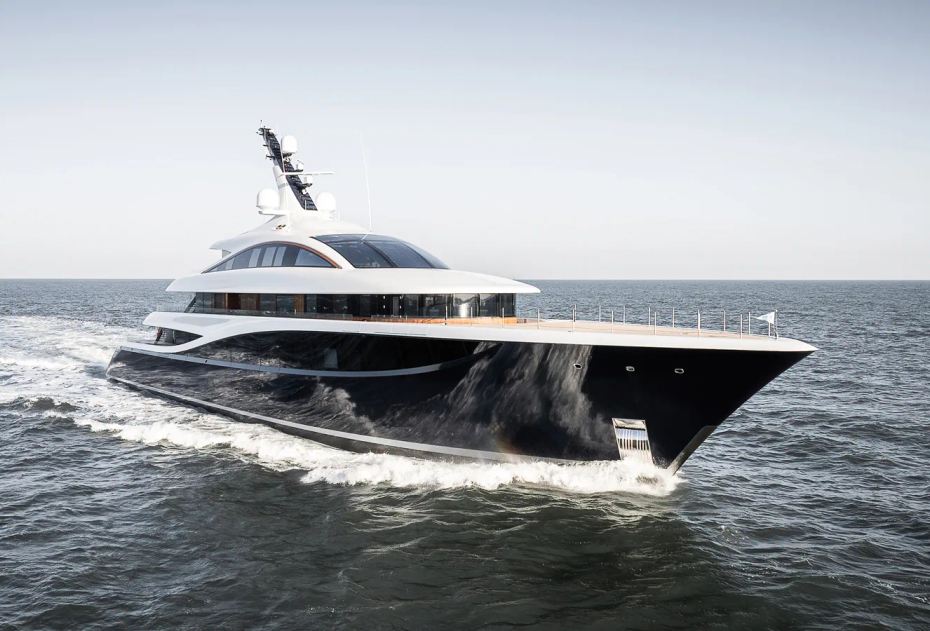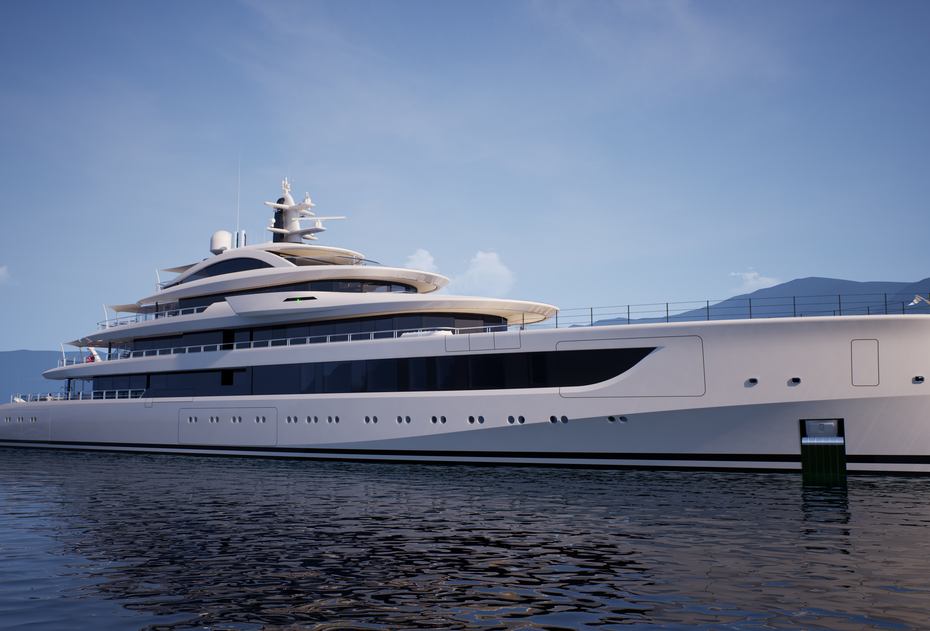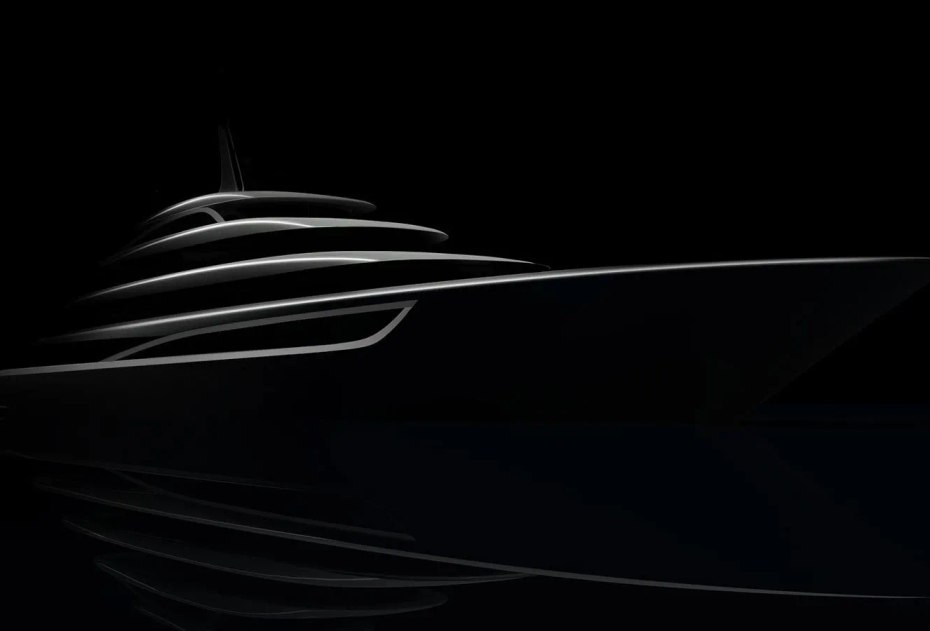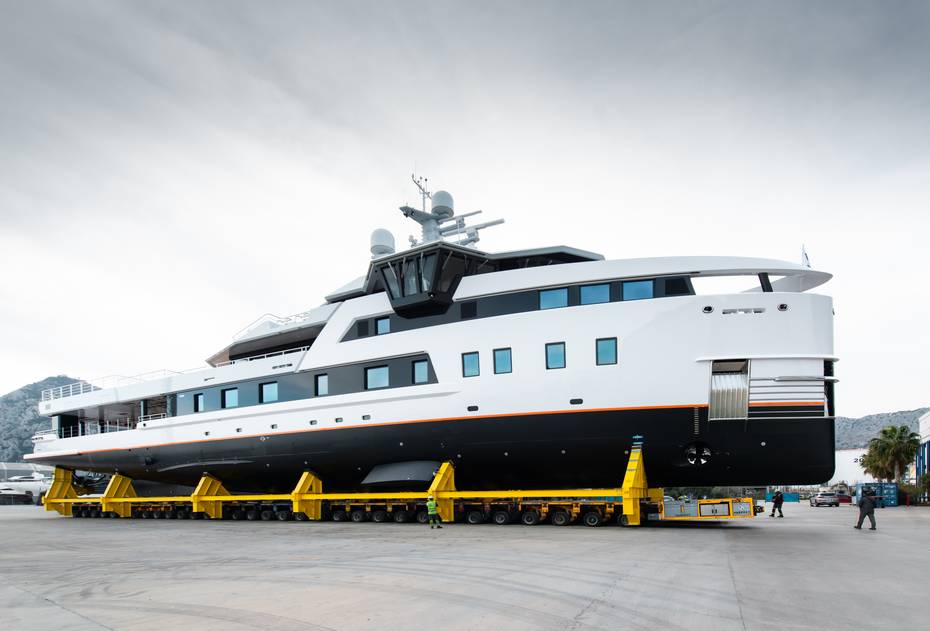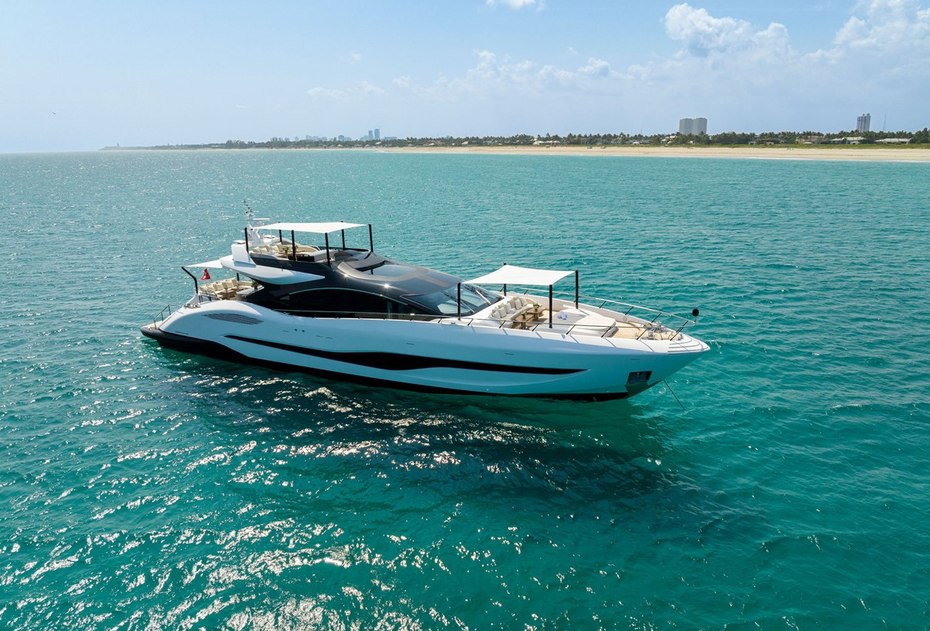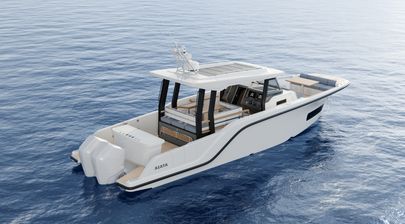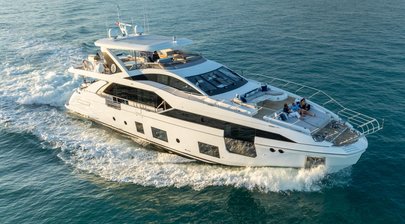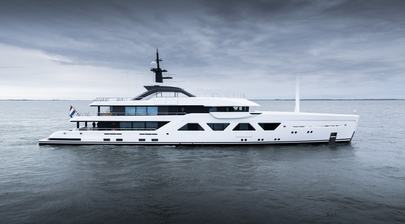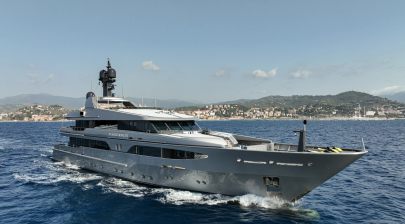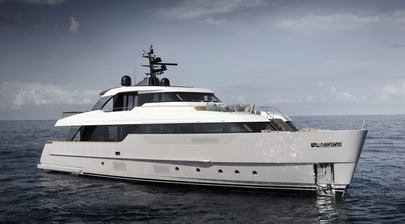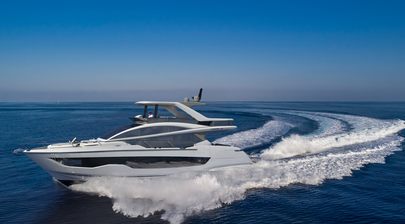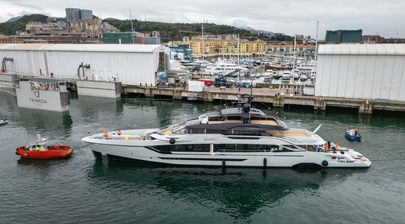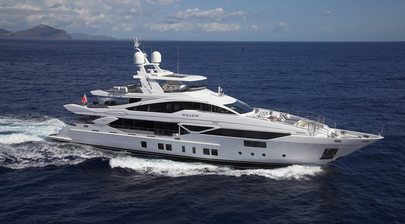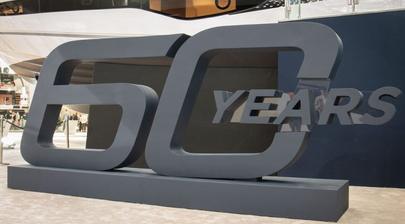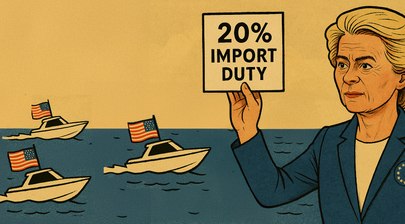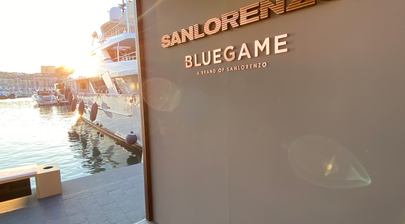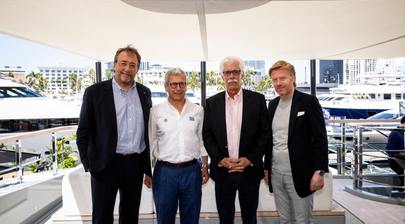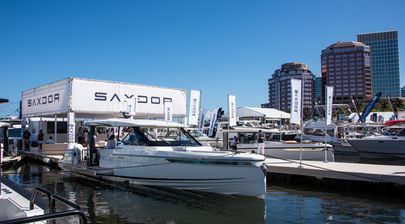Introduced by the French government in 1967, the leaseback scheme essentially allowed Owners to halve the amount of VAT paid against their superyacht.
Typically charged at 20%, the VAT attached to a yacht for sale could be reduced to just 10% by purchasing through the scheme.
The termination of this, so-called, VAT mitigation in France is part of a Europe-wide policy and means that there are now very few options for yacht buyers to implement mitigation within the EU.
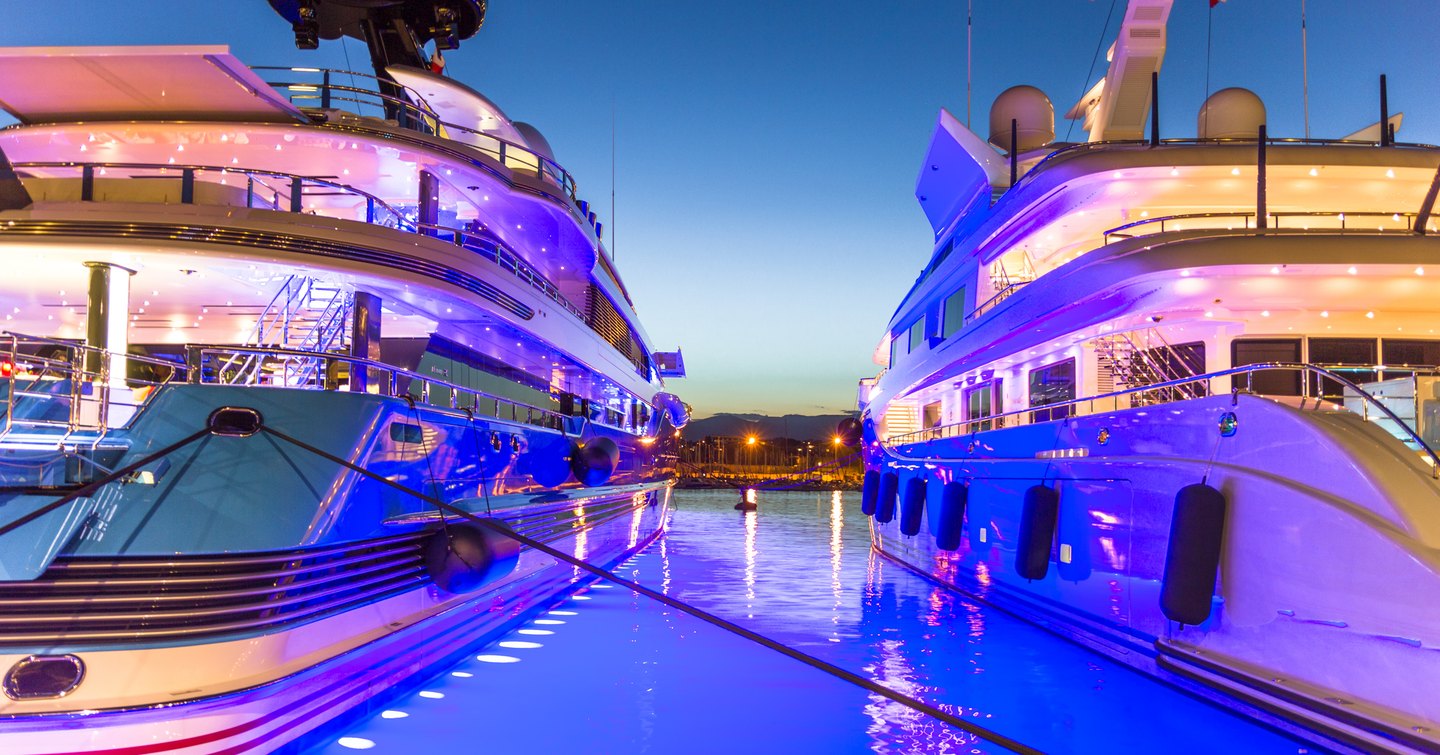
In order to initiate mitigation of 10% of the required VAT, Owners form an agreement with the bank. They would then supply a full loan to cover the total cost, including VAT, of the superyacht for sale.
Following the purchase, ownership of the yacht is transferred to the bank and they are able to reclaim their 20% VAT bill, previously incorporated into the loan for the purchase of the yacht.
The said yacht would then be leased back to the original Owner, with a reduced VAT rate of 10%. Once the lease is completed the purchased yacht attains VAT-paid status with a 10% mitigation.
The leaseback scheme allowed Owners to essentially halve the amount of VAT paid against their superyacht.
With the French scheme now effectively off the table, the main VAT scheme still functioning in the Mediterranean is the Monaco deferment scheme.
Differing in the result of yachts not achieving VAT-paid status, the scheme still allows yachts to indulge in cruising voyages around the EU without instigating a full 20% VAT liability.
Even with the alternative practices of the Monaco scheme, it will still be interesting to see whether more Owners choose this route of mitigation.
If you are looking to buy a yacht for European voyages, take a look at all the available new and used yachts for sale.
